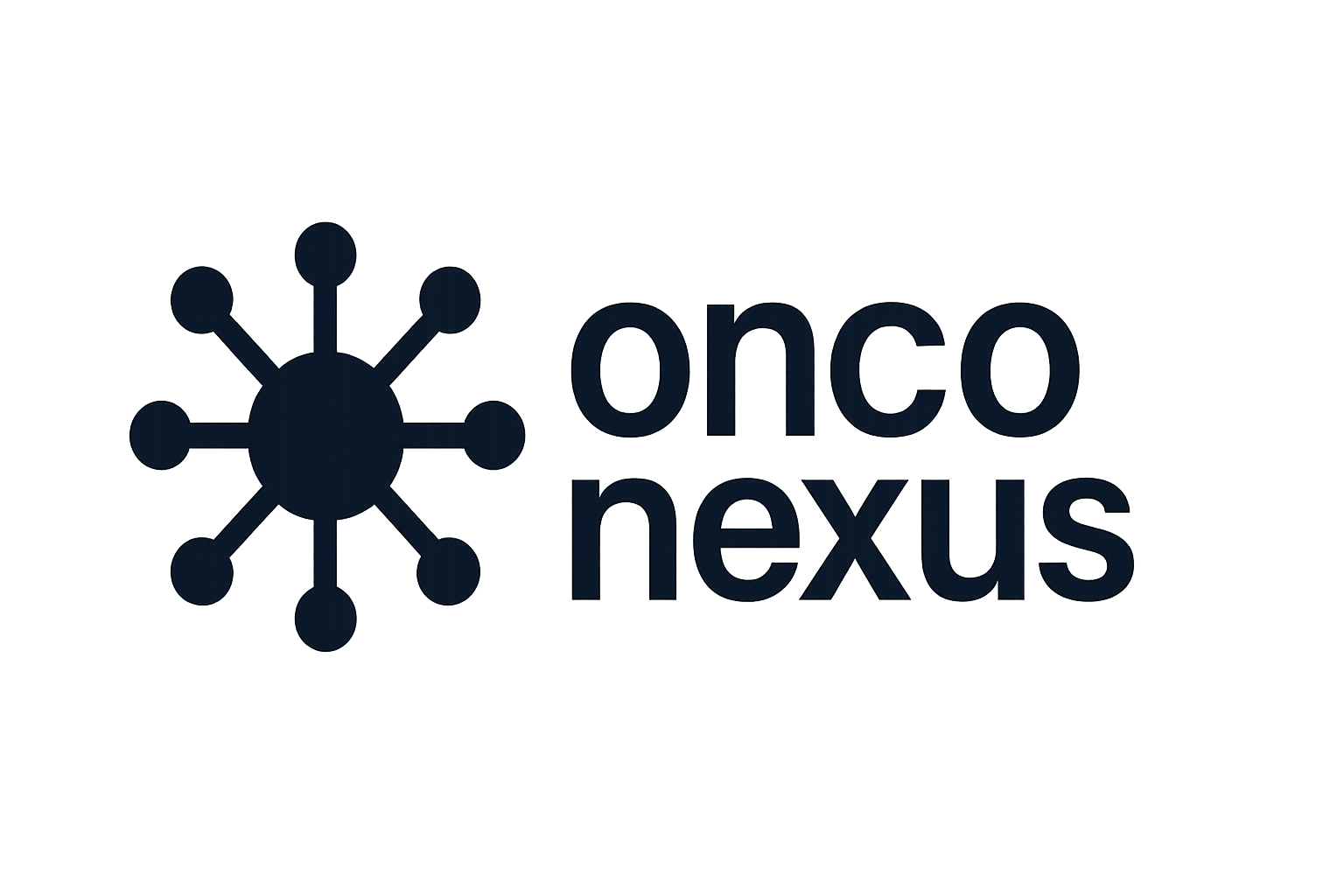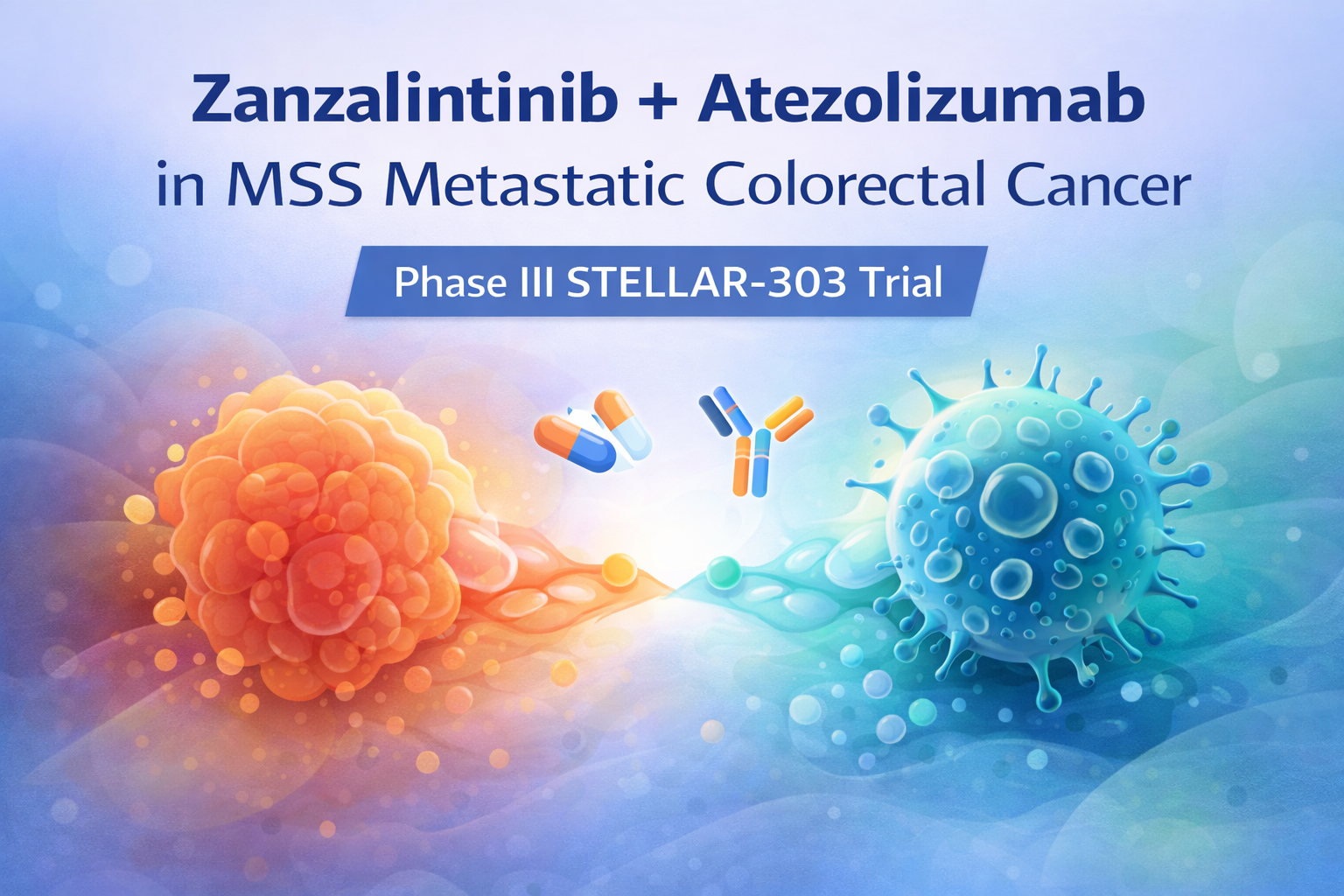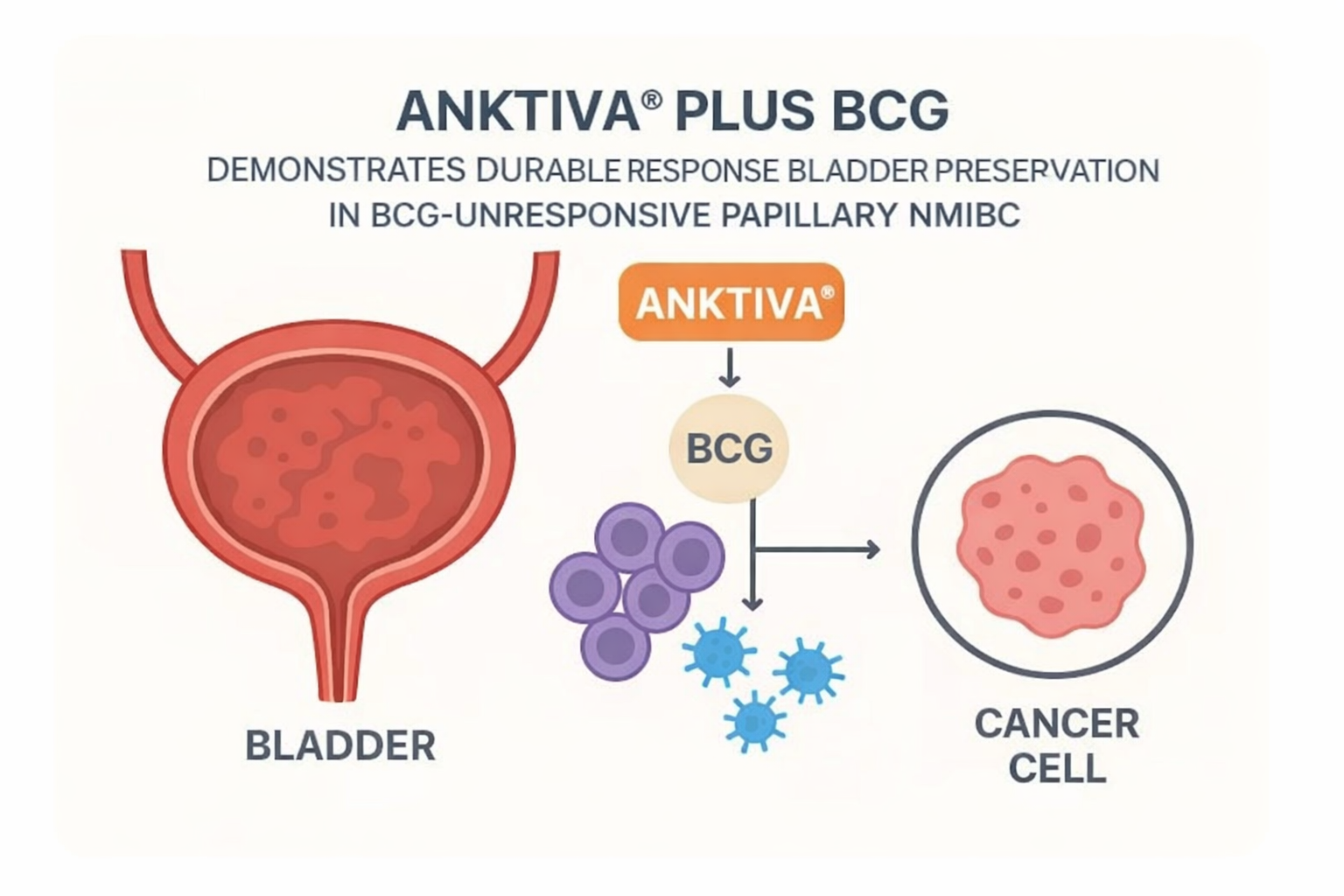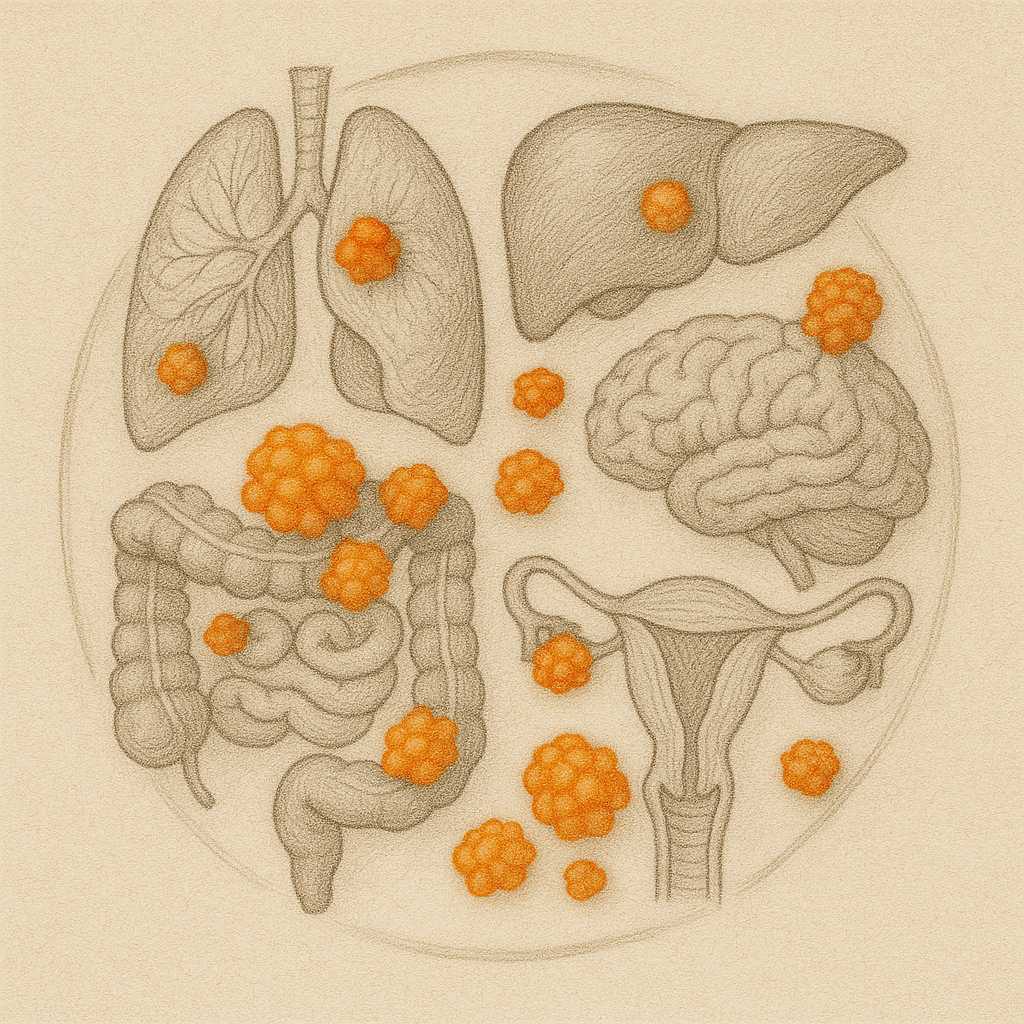
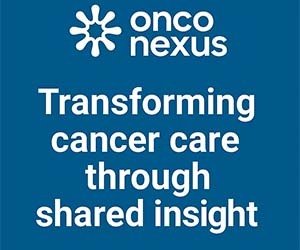
Subcutaneous (SC) atezolizumab and nivolumab demonstrate non-inferior efficacy to IV formulations while dramatically reducing chair time from 5-7 hours to 7 minutes, potentially treating 3-5 times more patients in the same timeframe. However, 45% lower reimbursement rates and 56-150% higher drug doses create significant economic barriers that require immediate strategic planning by oncology practices.

Study Design & Evidence Base:
- Commentary analyzing two pivotal trials: IMscin001 (atezolizumab) and CheckMate-67T (nivolumab)
- Authors from University of Alabama Birmingham and Mayo Clinic
- Published in JCO Oncology Practice, 2025
- Focus on FDA-approved SC formulations with rHuPH20 enhancement
Key Clinical Findings:
- Efficacy parity: SC atezolizumab ORR 12% vs 10% IV; SC nivolumab ORR 28% vs 18% IV
- Safety profile: Comparable immunogenicity and reduced infusion reactions (13% vs 66% for amivantamab)
- Time savings: Administration reduced to <10 minutes vs 30+ minutes IV
- Patient satisfaction: 85% of providers satisfied with SC delivery; 75% agree time savings achieved
- Workflow efficiency: Single infusion center capacity increases from 5-8 IV treatments to 20-40 SC treatments
Economic Considerations:
- Reimbursement gap: CPT 96413 (IV) $130.46 vs CPT 96401 (SC) $72.22 in clinic settings
- Higher drug requirements: SC atezolizumab needs 56% more drug; SC nivolumab requires 150% higher doses
- Operational savings: 40 hours pharmacy prep time and 500+ nursing hours saved annually
- Biosimilar competition: IV checkpoint inhibitor patents expire 2028-2030, potentially undercutting SC economics
Clinical Implications:
- Practice transformation: SC delivery enables 3-5x patient throughput in same timeframe
- Integration challenges: Dual administration routes complicate combination with IV chemotherapy
- Home administration potential: Future opportunities for decentralized care delivery
- Strategic planning required: Practices must balance efficiency gains against revenue reduction
Current Limitations:
- Limited long-term data: Real-world outcomes and patient-reported experiences need further study
- Combination therapy logistics: Integration with IV chemotherapy protocols unresolved
- Financial sustainability: Revenue models must evolve to support widespread adoption
- Patient financial impact: Out-of-pocket cost implications inadequately studied
